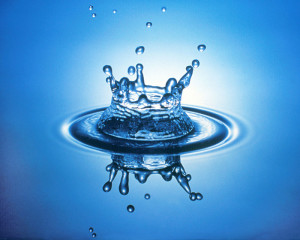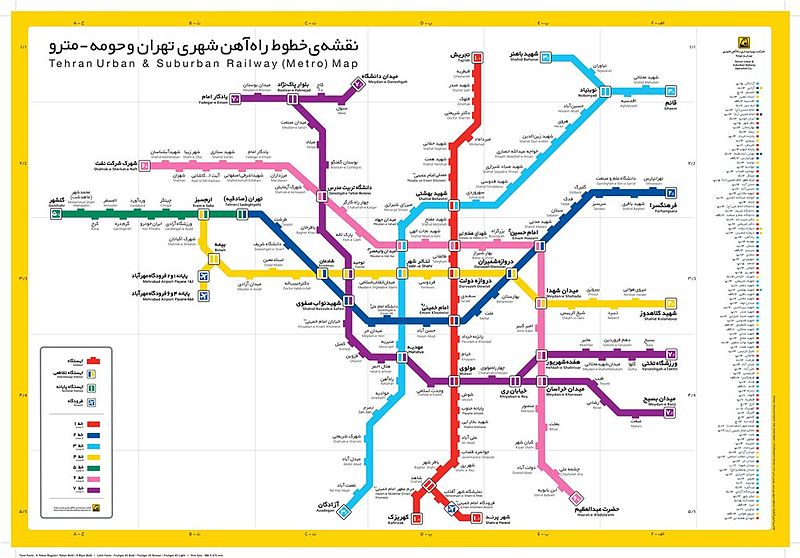September 01, 2017
 Some 37 million Iranians, or almost half the country’s population, are living in water-stressed regions, according to an official at the Geological Survey & Mineral Explorations of Iran.
Some 37 million Iranians, or almost half the country’s population, are living in water-stressed regions, according to an official at the Geological Survey & Mineral Explorations of Iran.
Speaking to the Iranian Students News Agency (ISNA), Jalil Qalamqash said the rate of precipitation in Iran is about a third of the global average, while the evaporation rate is above the global norm.
“To make matters worse, per capita water consumption in Iran is also above the global average,” he said.
Per capita water use in metropolises such as Tehran and Esfahan exceeds 200 liters, whereas the global average is around 150 liters. “We’re facing a severe water shortage,” Qalamqash said.
According to the Environmental Protection Agency, 27 billion cubic meters of water are wasted in Iran every year and one of the most effective solutions is to change consumption patterns in agriculture and industry.
Issa Kalantari, the new environmental chief, has said Iran’s annual water consumption tops 97 billion cubic meters, while the country only has 88 bcus of renewed water each year.
About 92 percent of the country’s water resources are used up by agriculture.
Experts predict that the country’s water scarcity will hit crisis level by 2025, when available renewable water will be less than 1,000 cubic meters per capita, down from 2,000 cubic meters in 1950.
They say if consumption patterns do not change in the near future, many parts of the country will turn into barren deserts and entire towns and villages will become uninhabitable.




















